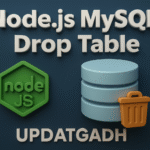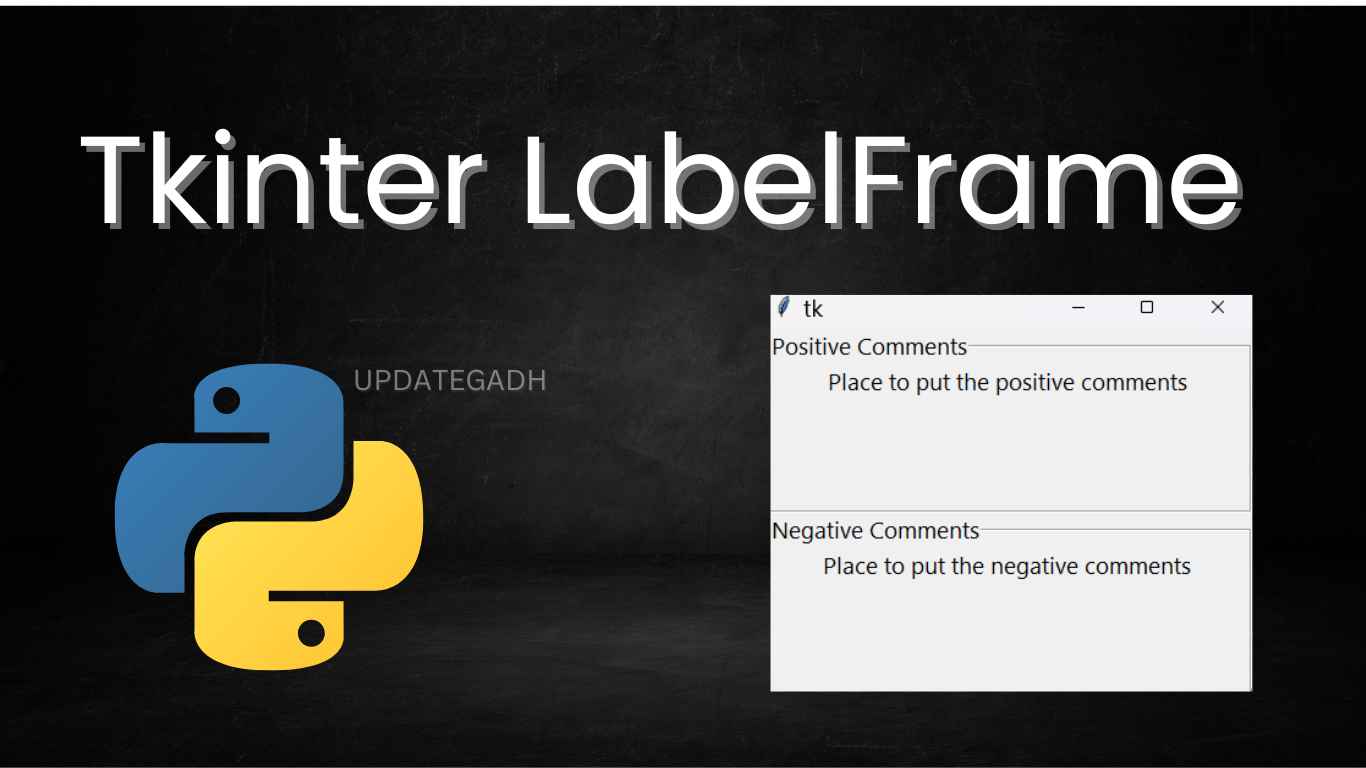
Python Stack and Queue: A Guide to Essential Data Structures
Python Stack and Queue
Data structures play a pivotal role in computer science, organizing data storage in a way that makes it easily accessible and modifiable. Among the earliest and most fundamental data structures are Stacks and Queues. These concepts provide the foundation for various advanced algorithms and programming techniques.
Interestingly, Python’s versatile list can function as both a stack and a queue. While a stack operates on the LIFO (Last In First Out) principle, a queue adheres to FIFO (First In First Out). Arrays or linked lists can be used to implement both structures.

Stack in Python
An arrangement of elements where the final member added is the first removed is called a stack. It closely resembles a stack of plates where you can only access the topmost plate.
Basic Operations of a Stack
- Push: Adds a component to the stack’s top.
- Pop: Takes an element off of the stack’s top.
Stack Operations Explained
- Adding (Push): Elements are added to the top, increasing the size of the stack.
- Deleting (Pop):
- There is an underflow condition if the stack is empty.
- Otherwise, the topmost element is removed, reducing the stack size.
- Traversing: Allows visiting and processing each element in the stack.
Download New Real Time Projects :-Click here
Key Characteristics of Stacks
- The order of insertion is preserved.
- Duplicate values are allowed.
- Commonly used in parsing operations and algorithmic problem-solving.
Python Code for Stack Implementation
# Implementation of stack using a list
x = ["Python", "C", "Android"]
x.append("Java") # Push operation
x.append("C++") # Push operation
print(x) # Display the stack
print(x.pop()) # Pop the topmost element
print(x)
print(x.pop())
print(x)
Output:
['Python', 'C', 'Android', 'Java', 'C++']
C++
['Python', 'C', 'Android', 'Java']
Java
['Python', 'C', 'Android']

Queue in Python
A queue is a linear data structure that follows the FIFO principle and processes elements in the order they were added. Imagine a queue of individuals, with the person at the front receiving service first.
Basic Operations of a Queue
- Enqueue: Appends a component to the queue’s end.
- Dequeue: Takes an item out of the queue’s starting point.
Queue Operations Explained
- Addition (Enqueue): At the back (end) of the queue, elements are added.
- Deletion (Dequeue):
- There is an underflow condition if the queue is empty.
- Otherwise, the frontmost element is removed.
- Traversing: Allows visiting and processing each element in the queue.
PHP PROJECT:- CLICK HERE
Key Characteristics of Queues
- The order of insertion is preserved.
- Duplicate values are allowed.
- Widely used in scheduling tasks like CPU processing and resource management.
Python Code for Queue Implementation
import queue
# Creating a queue with a maximum size of 10
L = queue.Queue(maxsize=10)
# Adding elements to the queue using put()
L.put(9)
L.put(6)
L.put(7)
L.put(4)
# Removing elements from the queue using get()
print(L.get())
print(L.get())
print(L.get())
print(L.get())
Output:
9
6
7
4

Stack vs. Queue: A Comparison
- Efficiency:
- Stack operations (push and pop) are fast because they work at the end of the list.
- Queue operations (enqueue and dequeue) can be slower because elements need to be shifted when dequeuing.
- Applications:
- Stacks are useful in scenarios requiring backtracking or recursive parsing.
- Queues are ideal for task scheduling and sequential processing.
- python stack and queue w3schools
- python stack and queue geeksforgeeks
- python queue
- stack and queue in python questions
- using list as stack and queue in python
- stack in python w3schools
- Python Stack and Queue
- Python Stack and Queue
- stack and queue in python class 12
- difference between stack and queue
- Python Stack and Queue: A Guide to Essential Data Structures
- Python Stack and Queue










Post Comment